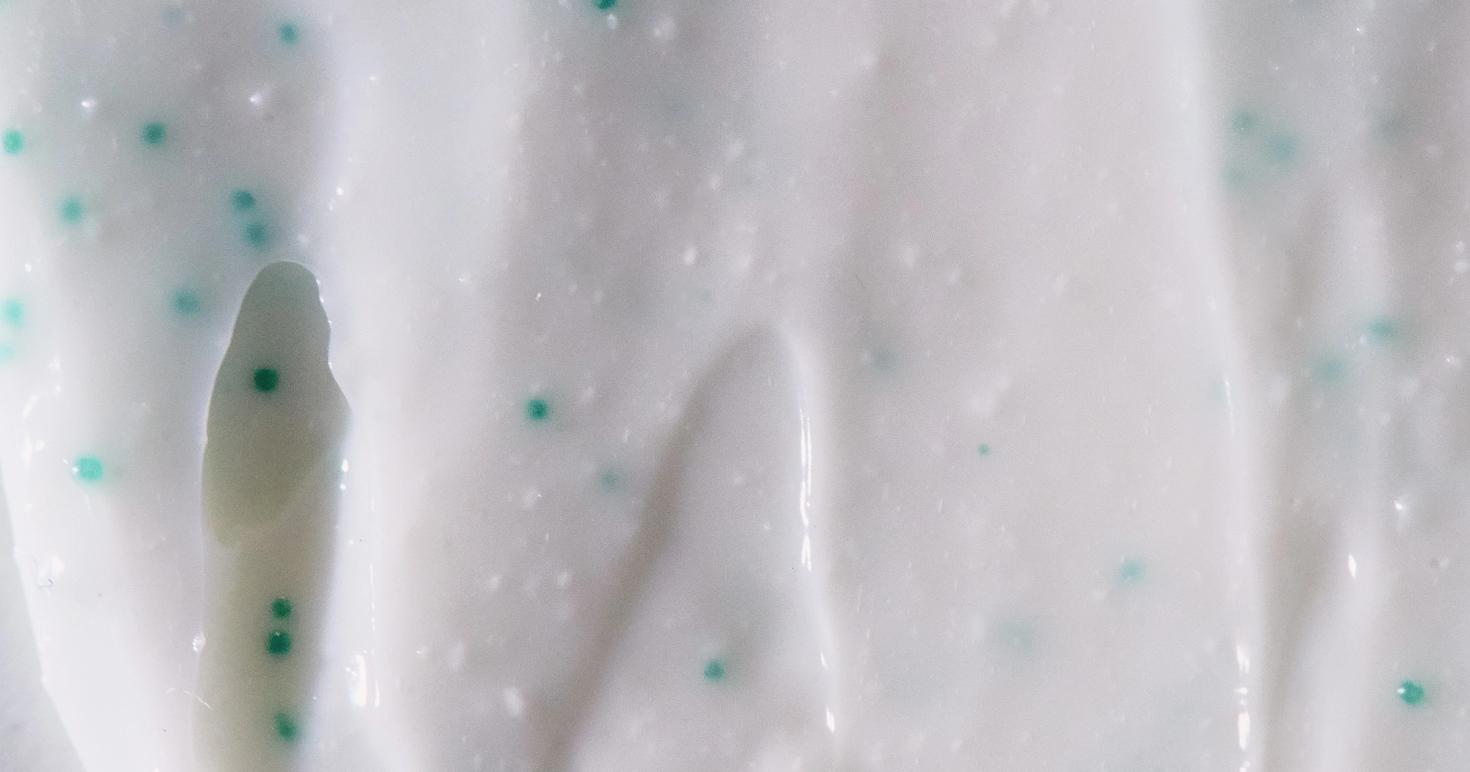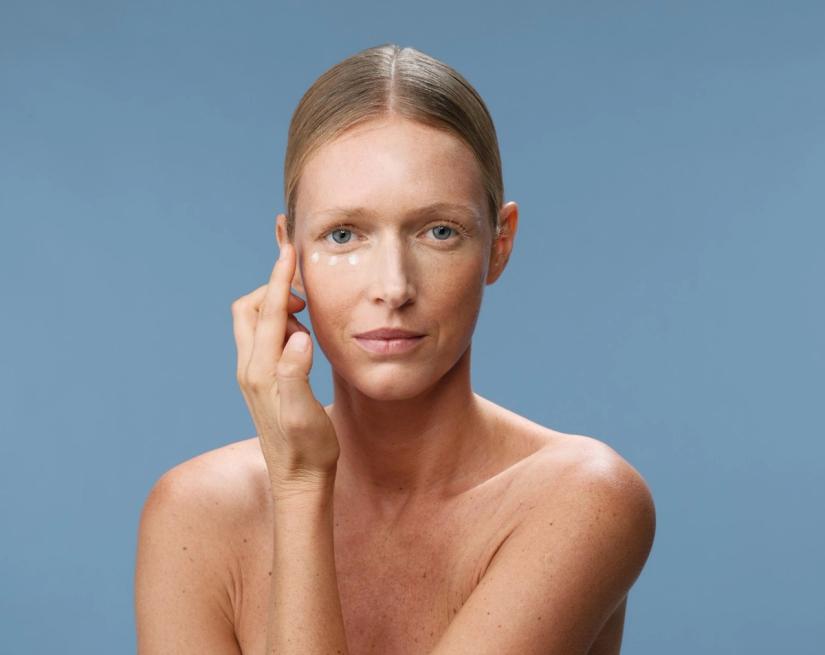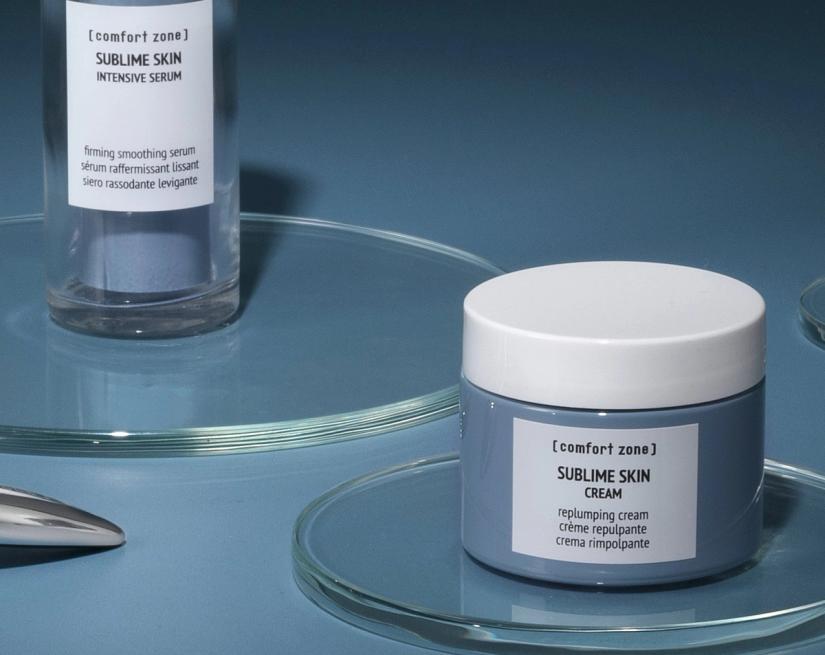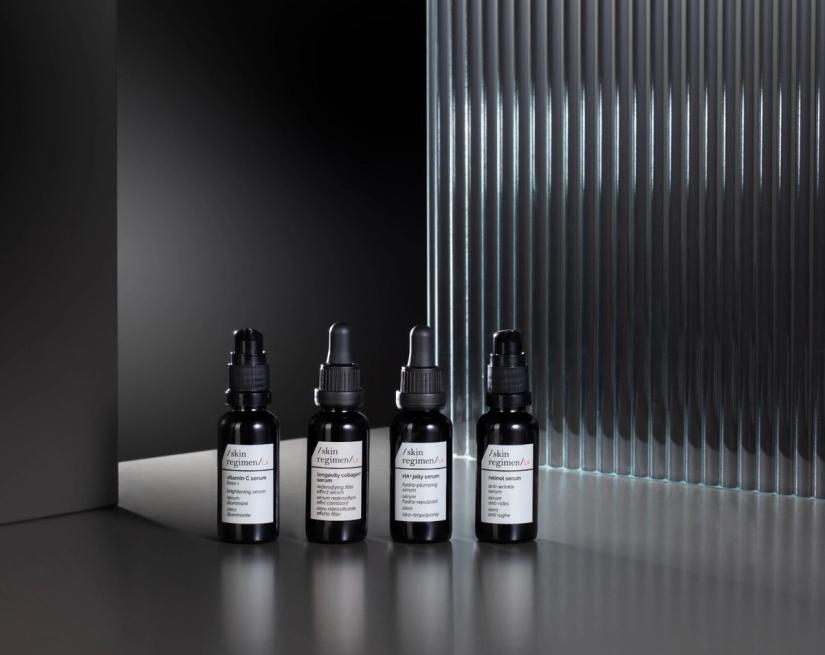skin care
How To Exfoliate Your Face
Maria Giulia Simonazzi | International Training Manager
8 min read

Exfoliation is one of the best ways to improve your skin’s overall health and appearance, and it’s easy to do from the comfort of your own bathroom.
Exfoliating is the process of removing dead cells from the outer layer of your skin using a chemical, granular substance, or exfoliator tool.
Achieving glowing skin necessitates integrating exfoliation into your skincare routine. Consistent exfoliation helps to smooth rough patches, diminish redness, blur acne scars and dark spots, and enhance your overall complexion. It amplifies the efficacy and speed of your other skincare products, while also delivering remarkable afterglow effects.
Nonetheless, it's crucial to strike a balance, as overdoing it can lead to dryness or employing an unsuitable method for your skin type. If you've ever pondered the intricacies of facial exfoliation, fret not, as we're poised to unravel all you need to know.
Why is Exfoliation Important?
Your skin naturally sheds dead skin cells to make room for new cells every 30 days or so, but sometimes dead cells don’t shed completely.
One of the primary reasons exfoliation is important is its ability to promote cell turnover. Dry, flaky patches and clogged pores may arise from inadequate skin care practices. Regular exfoliation proves pivotal in averting such issues.
This process becomes increasingly beneficial with age, compensating for the decelerated cell turnover rate, thereby thwarting dullness and maintaining skin vitality. Exfoliation can help prevent and treat clogged pores, acne breakouts, and ingrown hairs by keeping the skin clear and free of debris.
In addition to exfoliation, integrating serums, toners, chemical peels, physical exfoliation, and face masks into your skincare regimen further enhances skin health and radiance. These complementary treatments work synergistically to promote optimal skin function and appearance.
The Benefits of Exfoliating
One essential skincare routine that has numerous advantages for your skin tone and general well-being is exfoliation. The removal of accumulated dead skin cells, which over time can dull your complexion, is by far its greatest benefit. You can reveal smoother, more radiant skin beneath by carefully sloughing off these cells with exfoliating treatments, which improve the texture and appearance of the skin.
Additionally, exfoliating makes skin care products easier to absorb and, therefore, more effective. It encourages blood flow to the skin's surface, which supports natural regeneration and creates a radiant, healthy complexion.
Exfoliation is not just for the face; it also helps other body parts like the elbows, knees, and feet. By reducing rough spots and softening textures, it improves the general health of the skin. It's important to exfoliate lightly, though, and not to go overboard. Exfoliation can cause skin irritation and inflammation. Thus, to ensure a balanced and smooth skin texture and to help unclog pores, use lukewarm water and a mild body scrub.
Type of Exfoliation: Manual, Chemical and Enzyme
Health educator Staness Jonekos explains the three different types of exfoliation as manual, chemical, and enzyme. Manual exfoliation (think a granular scrub) removes the dead cells by scraping off the top surface with physical friction. Chemical exfoliants, such as alpha hydroxy acids, are topical ingredients that can dissolve the glue-like substance that holds the dead cells together.
Alpha hydroxy acids include citric acid (found in citrus fruits), glycolic acid (found in sugar cane), lactic acid (found in sour milk and tomato juice), malic acid (found in apples), tartaric acid (found in grapes), and others.
Enzymes are biological molecules (typically proteins) that significantly speed up the rate of virtually all of the chemical reactions that take place within cells.

What Type of Exfoliant Should You Use?
Since every type of exfoliation may not work for every skin type, it’s important to consider your skin type before choosing an exfoliation method:
- Sensitive skin may sting or burn after product use
- Normal skin is clear and not sensitive
- Dry skin is flaky, itchy, or rough
- Oily skin is shiny and greasy
- Combination skin is dry in some areas and oily in others
Those with dry, sensitive, or acne-prone skin may prefer just a washcloth and a mild chemical exfoliator, as mechanical exfoliation may be too irritating for this skin type. Those with oily, thicker skin may want to use stronger chemical treatments or mechanical exfoliation.
Beta-hydroxy acids (BHAs) are another class of exfoliating acids. For a variety of skin issues and ailments, such as rough and bumpy skin, acne, psoriasis, and seborrheic dermatitis, beta-hydroxy acids offer broad exfoliating effects.
Enzymes and Enzymatic Powders
When you exfoliate with an enzyme, it penetrates the surface and goes deeper into the skin to stimulate the cells. This process leads to higher cell turnover and more youthful-looking skin. That's in addition to the obvious benefit of removing dead skin cells.
In fact, a study on skin care with herbal exfoliants concluded that over time, enzymes reduce the appearance of fine lines and contribute to your skin’s firmness and tone. They also enhance the effects of daily moisturizing by allowing the moisturizer to penetrate the skin more deeply. And unlike chemical acids that have the potential to burn or weaken your skin’s protective barrier, enzymes are unlikely to inflame, irritate, or damage skin.
Consider exfoliating with an enzymatic powder as a kinder, equally effective alternative for brightening and toning. An enzymatic powder is a plant-based oat or rice powder that, when mixed with water, turns into a creamy, cleansing foam. It provides deep exfoliating action against pollutants and dead cells for a brighter, smoother complexion and gently cleans the skin with delicate exfoliation, absorbing and removing excess dirt and oil.
How Often Should You Exfoliate Your Face?
How often you exfoliate depends on your skin type. Generally, the more aggressive the exfoliation, the less often it needs to be done. The American Academy of Dermatology suggests those with oily, thicker skin may need to exfoliate as often as once a day, while those with dry or sensitive skin may need to limit at-home treatments to once or twice a week. *Over exfoliating can end up being counterproductive as it might strip the skin’s natural oil causing cracks in the skin barrier and subsequent loss of hydration or even inflammation.
A good rule of thumb, if you have normal skin, is to exfoliate your face three times a week, as exfoliating your face is one of the most important things you can do for the overall health of your complexion, and the beauty benefits are endless.
How to Exfoliate Your Face?
Whether using a manual, chemical, or enzyme exfoliant, start by washing your face with a gentle non-drying cleanser, concentrating on your T-zone, and working it into your skin for up to a minute, using gentle pressure while working in a circular motion. Rinse generously with water and pat dry with a clean towel.
- Preparation: Begin by gathering your exfoliant product of choice—whether manual, chemical, or enzymatic—and a gentle, non-drying cleanser suitable for your skin type.
- Cleansing: Start by wetting your face with lukewarm water. Take a dime-sized amount of the cleanser and apply it to your fingertips. Gently massage the cleanser onto your face, focusing especially on the T-zone area, using circular motions. Continue this process for up to a minute, ensuring that the cleanser is worked into your skin effectively. Rinse your face thoroughly with water and pat it dry using a clean towel.
- Manual Exfoliation: When utilizing a facial scrub, such as a face polish, dispense a quarter-sized portion of the product and distribute it evenly across your dampened face. Be cautious and steer clear of the sensitive eye region. Follow the product's recommended massage time, which is typically between 30 seconds and a minute, as you gently rub the face scrub in a circular motion onto your skin with your fingertips. Wash off the scrub with warm water, then softly pat your skin dry using a clean towel, mindful of different skin types.
- Chemical Exfoliation: For chemical exfoliants, apply the solution evenly over your face, neck, and décolleté. Allow a few minutes for the exfoliant to be fully absorbed into your skin before proceeding to the next step in your skincare routine.
- Hybrid Exfoliation: If you're using a hybrid manual/enzyme exfoliant such as an enzymatic powder, pour a teaspoon of the powder into the palm of your wet hand. Add a small amount of warm water to create a creamy foam. Rub your hands together to activate the product and then apply it to your face, avoiding contact with your eyes. Massage the foam onto your skin using circular motions. Thoroughly rinse your face with water and pat it dry with a clean towel.
What to Do After Exfoliating
Exfoliating alone won’t keep your complexion gorgeous. After each exfoliation, you should apply an ultra-hydrating moisturizer and protective sunscreen to keep your skin hydrated and protected from environmental damage.
Exfoliation won’t totally deplete your skin of moisture, but repeatedly exfoliating the skin without following up with a good moisturizer can leave your skin parched and overly sensitive.
When Shouldn’t You Exfoliate?
To prevent skin damage while exfoliating, consider the skin care products you already use. Some medications and even over-the-counter products (like prescription retinoid creams or products containing salicylic acid, glycolic acid, retinol, or benzoyl peroxide) may cause your skin to be more sensitive or peel.
Exfoliating while using these products may worsen dry skin or even cause acne breakouts. You should check with a dermatologist before exfoliating if you have chronic acne, as irritating, already inflamed skin can leave behind dark spots.
You should also hold off on exfoliation if you have any kind of cut or cold sore on your face (it can spread), or if you're sunburned.



